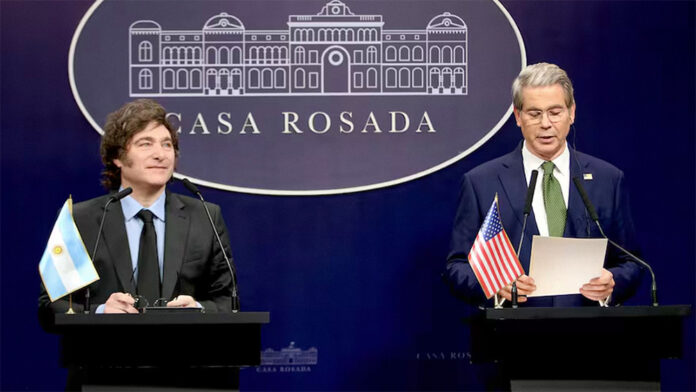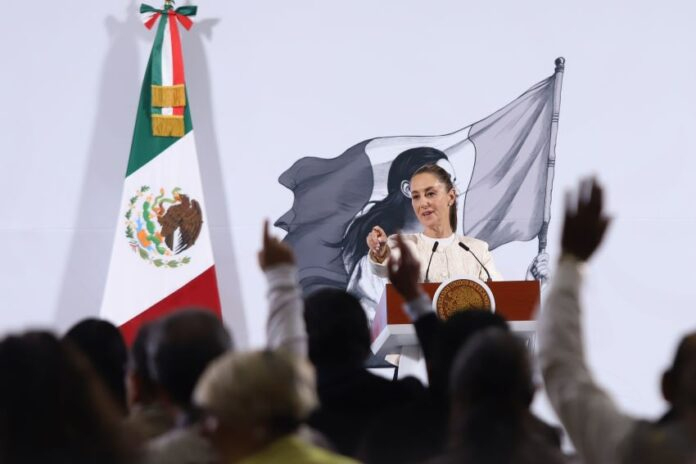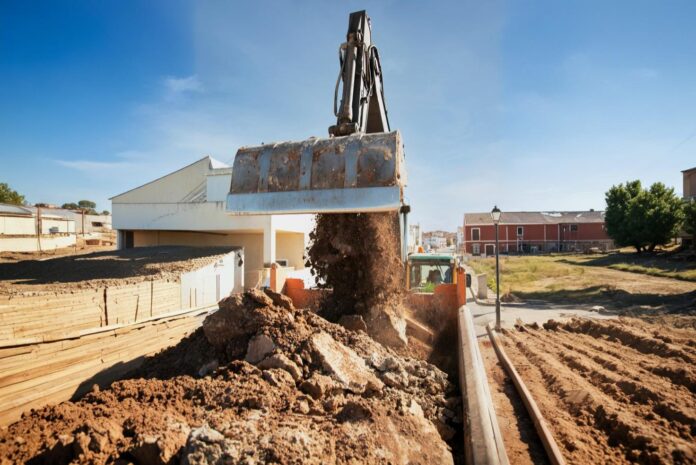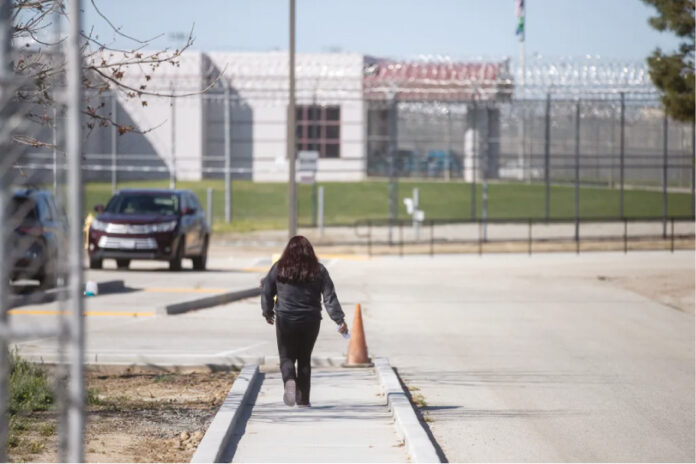Even if the globalist project were ‘on the ropes,’ it could very well be replaced by a digital deep state made possible by the growing power of AI and its partnership with government
Editor’s note from LifeSite co-founder Steve Jalsevac: This is an extremely important report. Note that newly-appointed yet unelected Canadian Prime Minister Mark Carney is mentioned several times in this discussion about globalist influencers. Carney is portrayed as one of the leading globalists in the world. How many Canadians are aware of this and understand its grave implications for Canada? Trudeau was only a puppet. Carney has been a puppet master.
by Frank Wright
(LifeSiteNews) — Is the liberal-globalist order finished – or is it simply “rebranding?” That is the question posed by Clayton Morris to Mel K, as they discuss the “remarkable coincidence” of the retirement of WEF leader Klaus Schwab and the death of Pope Francis in a new episode of “Redacted.”
Editor’s note from LifeSite co-founder Steve Jalsevac: This is an extremely important report. Note that newly-appointed yet unelected Canadian Prime Minister Mark Carney is mentioned several times in this discussion about globalist influencers. Carney is portrayed as one of the leading globalists in the world. How many Canadians are aware of this and understand its grave implications for Canada? Trudeau was only a puppet. Carney has been a puppet master.
(LifeSiteNews) — Is the liberal-globalist order finished – or is it simply “rebranding?” That is the question posed by Clayton Morris to Mel K, as they discuss the “remarkable coincidence” of the retirement of WEF leader Klaus Schwab and the death of Pope Francis in a new episode of “Redacted.”
“What are the chances my friends?” asks Morris. “Klaus Schwab of the World Economic Forum resigns and then immediately we also see WEF globalist Pope Francis … suddenly died on the same day.”
As Morris says, “It’s all very strange” – but what does it mean?
Morris says “WEF globalist Pope Francis was working with Klaus Schwab to form a one-world government” before asking:
“Are the globalists on the ropes right now and collapsing, or are they restructuring?”
He speaks to Mel K, author of Americans Anonymous and a campaigner for the restoration of “people power” to recapture America and its institutions from the grip of the worldwide social revolutionaries of globalism.
According to her, the globalist remnant is still in place but “reeling.” Powerful figures such as “Larry Fink – Mark Carney – [Friedrich] Merz” and the EU are all still in place and are responding in shock to Trump’s moves to reshape the American nation and the global order. This is seen in how they are “reacting to Trump’s tariffs – and their own lack of ability to go forward without America.”
The danger here, she says, is that the liberal-global model is a war economy at base – and this is why Trump’s drive to end the “forever wars” is countered by moves to spark global conflict:
“In order to continue on this road, they are pushing towards World War Three.”
Why does the globalist elite want war?
“They need the war to keep their financial model going,” Mel K explains, saying globalism is essentially a business – of death – and that peace would be fatal to its power.
“They are all partners of the world economic forum … pushing towards war by any means necessary to keep the financial system structure.”
Mel K sees the globalists as the self-appointed CEOs of Earth Inc.: “This is a group of people who look at the world as if ‘we own this planet; we are the holding company.’”
She argues that from its inception a century ago, the liberal global system has been based on the business of war – and the propaganda techniques used to sell them.
“The model has always been based around paying for both sides of wars in order to create a war economy.”
Mel K believes that the globalist project is responding to the threat of peace by “rebranding” – and not going quietly away. This threat is evident not only in the moves made by Trump to dissolve the former system, but also in European and Central American leaders such as Hungary’s Viktor Orbán and El Salvador’s Nayib Bukele, who represent the post-global alternative of sanity, security, and a return to Christianity.
Even if the globalist project were indeed “on the ropes,” as Morris suggested, Mel K warns of its replacement by a digital deep state. With the growing power of artificial intelligence and its partnership with government – without government oversight – she warns that the total surveillance state proposed after the September 11 attacks may become a reality if it is not stopped.
Speaking to the threat of an AI-powered digital globalism – she says, “We are at a place where that is the battle.”
Yet the threat of digital globalism does not come only from the WEF and its allies. It also has a long history, going back to the attacks which sparked the “war on terror” and the rapid growth of surveillance, “security” measures, and what Matt Taibbi called “the censorship-industrial complex.”
“This goes back to 9/11,” Mel K tells Morris, explaining how “now we have all the tech bros” such as Elon Musk and Palantir’s Alex Karp – adjacent to the Trump administration or even in it.
“We can’t be too pro-anything that promises safety or security,” says Mel K, warning of the uncertainty in this moment of global change – and the danger of an all-powerful “global technocracy” emerging with promises of bringing stability and an all-too-familiar technological utopia.
As LifeSiteNews reported in January, the liberal global order celebrated by the Deep State and the Deep Church may simply be replaced by a new digital globalism.
One early sign of its emergence is the development of “precrime” profiling by AI in the UK and the U.S., where suspects can be identified by algorithm before they have committed a crime.
The people with this power are already working with the U.S. government.
As Clayton Morris reports, “Palantir is now working with DOGE.” The global company, named after the “all-seeing” stones of Saruman in The Lord of the Rings, is dedicated to assembling the sort of worldwide “total information awareness” rejected by the U.S. Congress after 9/11. It is a private entity out of government reach and oversight whose business model is to see and know everything.
It’s good to see “Dr Evil” stepping down, says Morris of the retirement of Schwab, but warns the global system is like “a hydra.”
He says many Americans are blinded to the dangers of global government by algorithm because they “like JD Vance.”
“Just ignore those ties to Palantir,” says Morris, sarcastically referring to the close relationship between the U.S. vice president and Peter Thiel – co-founder of Palantir and former business associate of Elon Musk at PayPal.
Call for prosecutions of treason
The two then speak of “frustrations” over the lack of criminal prosecutions of former U.S. officials who have “betrayed” Americans whilst in office.
“If they just went after some of the money and some of the players, we the people will start to actually feel we are in good shape.”
Morris and Mel K call for “following the money” – towards justice.
“We just want arrests,” says Morris. “We want prosecutions of these people.”
“They did it to Trump!” agrees Mel K, who begins to name names.
“What about Samantha Power?” asks Mel K, referring to the former USAID chief. “Or Mayorkas? These people betrayed the people of the United States.”
Alejandro Mayorkas, former head of the Department for Homeland Security, answered impeachment procedures over his “willful and systemic refusal to comply with the law” in admitting millions of illegal migrants by invoking the Holocaust. He was further charged with having “breached the public trust” – and lying to Congress. Attempts to impeach him were denounced as “antisemitic.”
“He didn’t get a pardon,” says Mel K, before moving on to the notorious campaign around Hunter Biden’s laptop. She cites “the fifty-one intelligence agents that conspired to lie to the country before an election” as a further example of treasonous officials who should answer for their crimes.
“If it was the other side they would have been indicted in four days.” That explains the “frustration” with the Trump administration, she said.
As Mel K argues in her book, people power is not only urgently required in the United States – but is practically possible. She says now is the time for communities to organize for justice, for their own interests against those of the corrupt elite – and shows how it can be done.
As LifeSiteNews has noted in the past, the emerging digital deep state is built on stolen goods – the details of your life – and the demand for a “data dividend” could fatally undermine the ballooning power of companies such as Oracle and Palantir, whose algorithms are created from every detail of your life they harvest online.
With the globalists struggling for world war and a sales pitch to save their brand from suicide, both Morris and Mel K remind viewers that people power can – and should – make a difference at this critical moment.












